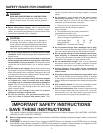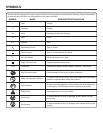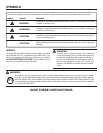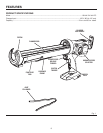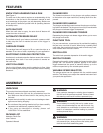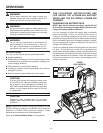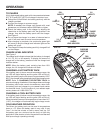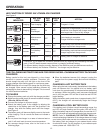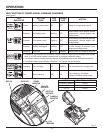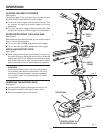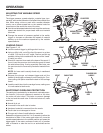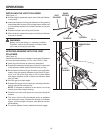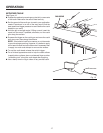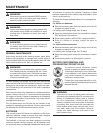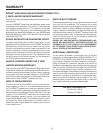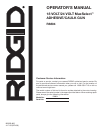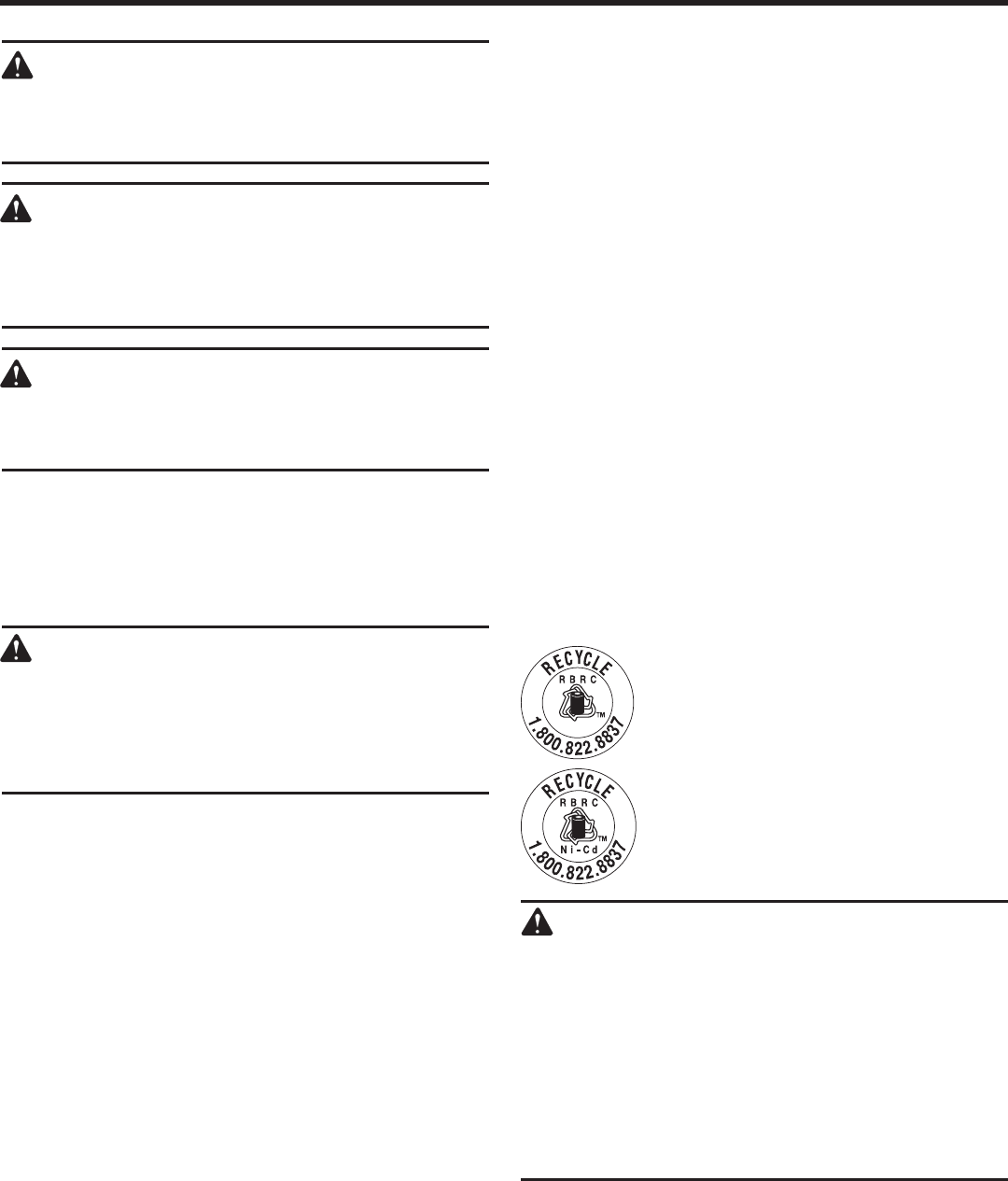
18
WARNING:
When servicing use only identical RIDGID replace-
ment parts. Use of any other parts may create a
hazard or cause product damage.
WARNING:
Always wear safety goggles or safety glasses with
side shields during power tool operation or when
blowing dust. If operation is dusty, also wear a
dust mask.
WARNING:
To avoid serious personal injury, always remove
the battery pack from the tool when cleaning or
performing any maintenance.
GENERAL MAINTENANCE
Avoid using solvents when cleaning plastic parts. Most
plastics are susceptible to damage from various types of
commercial solvents and may be damaged by their use. Use
clean cloths to remove dirt, dust, oil, grease, etc.
WARNING:
Do not at any time let brake fluids, gasoline, petro-
leum-based products, penetrating oils, etc., come
in contact with plastic parts. Chemicals can dam-
age, weaken or destroy plastic which may result
in serious personal injury.
To work properly, the plunger rod of the tool must remain
clean and free of all caulk and adhesive material. If material
does get on the plunger rod mechanism, clean the mate
-
rial off according to the directions of the caulk or adhesive
manufacturer.
When the tool is shut off by the electronic overload protection
system, always wait for 3 to 5 seconds before depressing
the trigger for restart. Frequently depressing and releasing
the trigger under these circumstances may cause interior
damage to the caulk gun.
Only the parts shown on the parts list are intended to be
repaired or replaced by the customer. All other parts should
be replaced at a RIDGID authorized service center.
BATTERIES
This tool will accept 24V lithium-ion batteries or 18V nickel
cadmium batteries. Length of service from each charging
will depend on the type of work you are doing.
The batteries in this tool have been designed to provide
maximum trouble-free life. However, like all batteries, they
will eventually wear out. Do not disassemble battery pack
and attempt to replace the batteries. Handling of these
batteries, especially when wearing rings and jewelry, could
result in a serious burn.
To obtain the longest possible battery life, we suggest the
following:
For lithium-ion batteries:
Remove the battery pack from the charger once it is fully
charged and ready for use.
For battery pack storage longer than 30 days:
Store the battery pack where the temperature is below
80°F and away from moisture.
Store battery packs in a 30%-50% charged condition.
Every six months of storage, charge the pack as
normal.
For nickel-cadmium batteries:
Remove the battery pack from the charger once it is fully
charged and ready for use.
For battery pack storage longer than 30 days:
Store the battery pack where the temperature is below
80°F.
Store battery packs in a “discharged” condition.
BATTERY PACK REMOVAL AND
PREPARATION FOR RECYCLING
To preserve natural resources, please
recycle or dispose of batteries properly.
This product uses lithium-ion or nickel-cad-
mium batteries. Local, state or federal laws
may prohibit disposal of nickel-cadmium
batteries in ordinary trash.
Consult your local waste authority for infor
-
mation regarding available recycling and/or
disposal options.
WARNING:
Upon removal, cover the battery pack’s terminals
with heavy-duty adhesive tape. Do not attempt to
destroy or disassemble battery pack or remove
any of its components. Lithium-ion and nickel-
cadmium batteries must be recycled or disposed
of properly. Also, never touch both terminals with
metal objects and/or body parts as short circuit
may result. Keep away from children. Failure to
comply with these warnings could result in fire
and/or serious injury.
MAINTENANCE
Li - Ion



